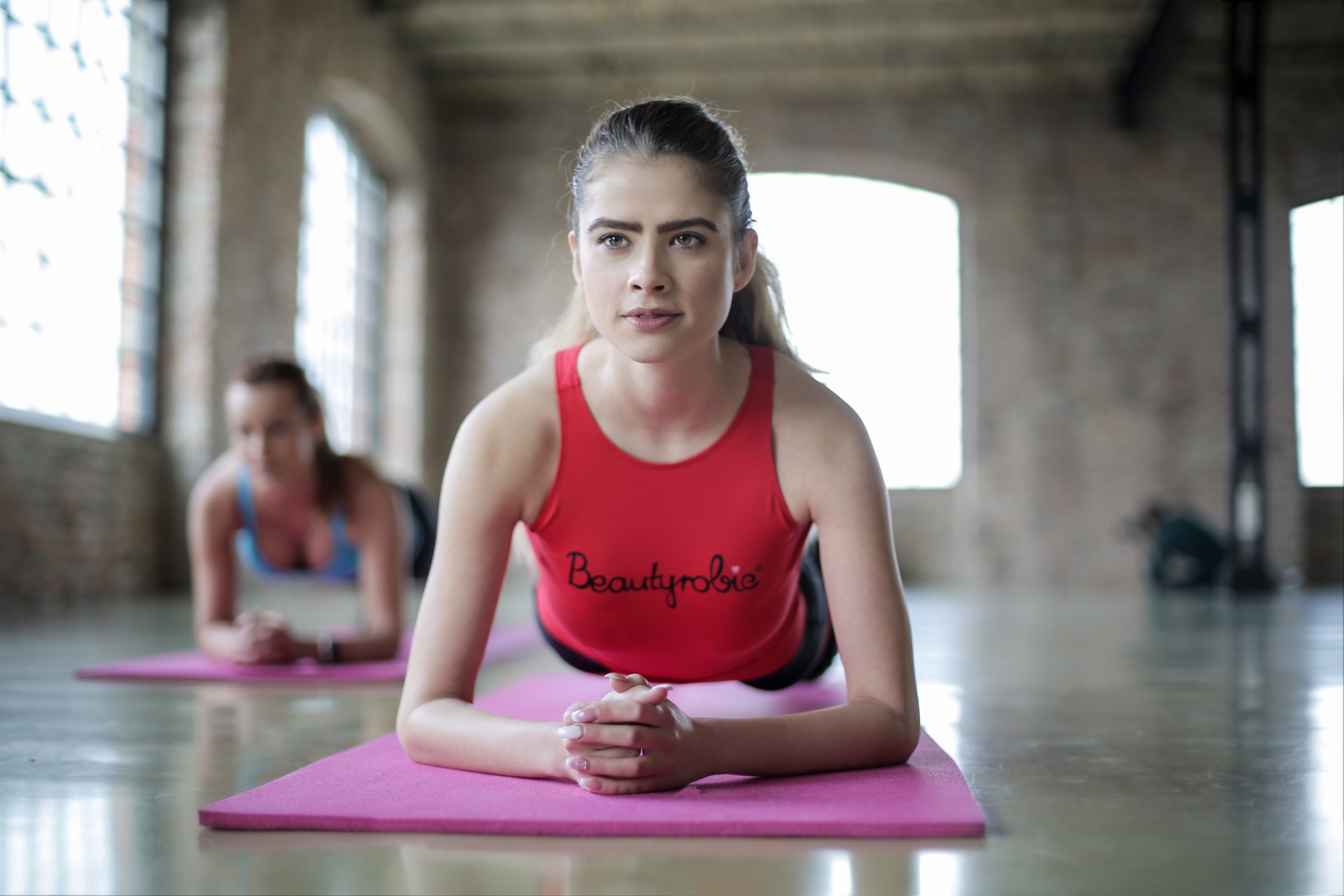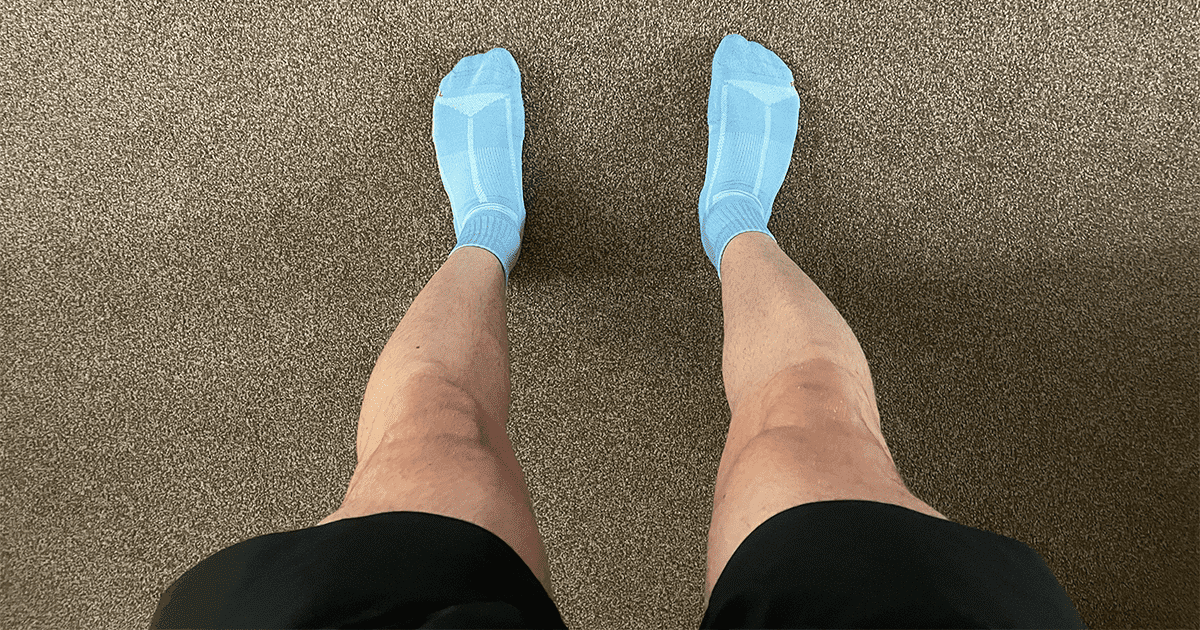Circuit training: 5 moves for faster, injury-free running
This five move circuit will strengthen your muscles, reduce your risk of injury, and allow you to take our running to the next level.

Whether you’re a complete beginner or have been running for years, strength training is essential to becoming a faster runner.
Related: 6 Core exercises for stronger, injury-free running.
Circuit training is a great way to combine traditional strength training with core exercises all within a small chunk of time. These are a great alternative to hitting the gym, perfect for those who live busy lives.
Secondly, circuit training is an excellent form of training to incorporate a handful of different bodyweight exercises. Perfect for beginners, or those without access or the time to visit a gym.
Beginner 5 move circuit for runners
This beginner five move circuit workout targets all the essential muscle groups used for running. Lasting less than 20-minutes, this circuit is ideal for those short on time or not particularly fond of the gym, utilizing bodyweight-only exercises. However, if you’re looking to increase the intensity, you can increase the resistance by using weights.
So, without further ado, here is our five move circuit for beginners:
- Push-ups (start with 20 repetitions or until failure) increase the number of repetitions over time
- Jumping squats (start with 20 repetitions) increase the number of repetitions over time
- Crunches (start with 15 repetitions) increase the number of repetitions over time
- Box jumps (start with 20 repetitions) increase the number of repetitions over time
- Plank (hold this position for 30-60 seconds) increase the number of repetitions and duration over time
Rest for anywhere between 90 to 120 seconds between each set and repeat for a total of four times.
Each of these exercises included in the workout is designed to target all key muscle groups used for running. While it’s all good strengthening our legs, we must also strengthen our back and core to promote good posture, reducing our risk of injury. This is why exercises such as pushups are included within the workout, allowing a full-body hit all with no equipment.
Likewise, it’s also relatively straightforward to create your own circuit workout! Simply choose five of your favourite exercises (preferably targeting different muscle groups) and turn these into a circuit. Allow yourself plenty of rest between rounds, enough so you’re not exhausted but not too much where you’re no longer tired.
It’s all about finding the sweet spot. As you get fitter, you can also reduce the rest time between rounds – this will make the workout harder.
The importance of strength training and core workouts as a runner
Incorporating regular strength training, core workouts, or performing circuit training is a great way to improve your running.
Regular strength training will reduce your risk of injury, increase your maximum power through each step, increase time to exhaustion, and of course, get us one step closer to that summer six-pack.
It’s important to mention that strength training, including circuit workouts, should complement your training, not replace it. What we mean is don’t work so hard that you can’t run your best the following day – running should come first, strength training second.
Related: Why and how strength training is essential for faster, injury-free running.
To finish
Circuit training is a great way to squeeze in both strength and core training when juggling a busy schedule. We suggest performing this circuit two to three times per week, or alternatively creating your own circuit.
Be sure to increase the intensity be either adding resistance or increasing time under tension. This will allow for consistent improvements in your running.
Finally, remember that strength training should come after your running, but not neglected entirely – two to three times per week is more than enough.

Matthew is a lifelong runner, chief tester of all products, the founder of Running101, and freelance content writer for active brands. When he’s not writing, he enjoys lifting weights, cycling in the Lake District, and watching fast cars drive in circles on a Sunday. He also has a BA in sport, exercise and physical activity from the University of Durham.




